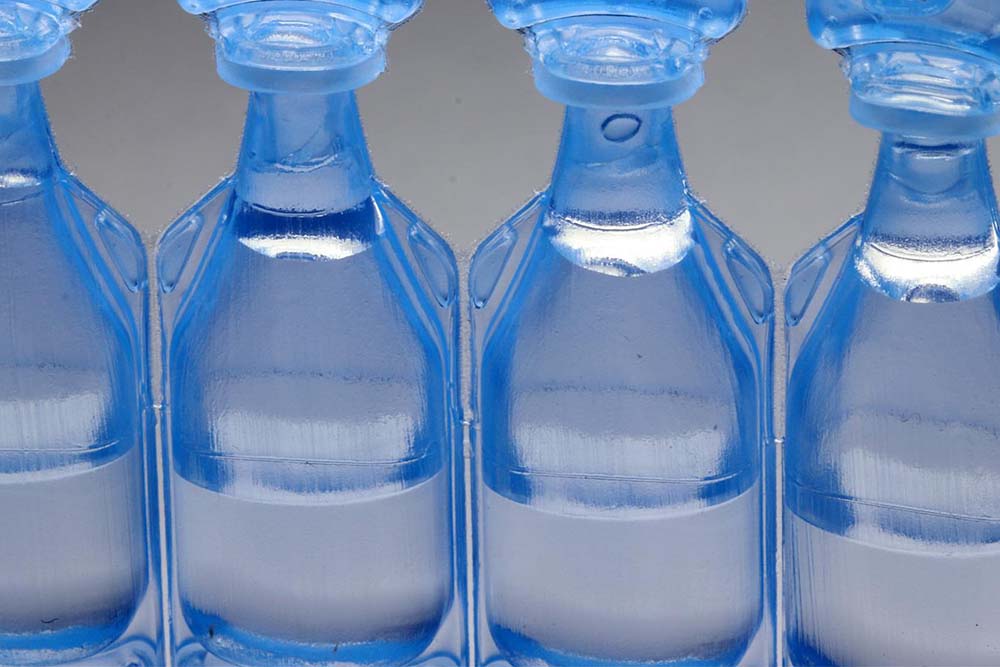Medical devices: MDCG 2022-5 on borderline products has been published

On 26th April 2022, the MDCG 2022-5 has been published on the website of the European Commission. This guideline, 27 pages long, deals with borderline products between medicines for human use and medical devices pursuant to Reg. (EU) 2017/745.
The document has been drawn up by a working group that includes experts from the European Competent Authorities, the services of the European Commission, the EMA and a wide range of stakeholders in the MD sector, and it has been then endorsed by the Medical Device Coordination Group itself.
The text is divided into 4 chapters:
- Borderline Products: Medical Devices/Medicines
- Herbal products
- Substance-based medical devices
- Medical device and medicinal product combinations
The MDCG 2022-5 begins by explaining how it is essential, in order to correctly implement and apply the legal texts, to establish the demarcation between the Reg. (EU) 2017/745 on medical devices (MDR) and Dir. 2001/83 /EC on medicinal products for human use (MPD).
It must be said that the legislator has already included in the legal texts several provisions in order to establish the demarcation between the two types of product.
The guideline MDCG 2022-5 therefore aims to provide further explanations and practical examples in order to clarify these provisions and allow their correct interpretation and understanding.
What is a borderline product?
The so-called “borderline products” are those for which it is not clear whether they fall under the MDR or the MPD. As a general rule, a certain product can only be regulated by one of the legal texts; however, this does not exclude the existance of products with properties typical of both product categories.
This is the case for those medical devices incorporating as an integral part a substance which, if used separately, would be considered to be a medicinal product.
Definitions and general principles
It should be noted that in order to fall under the MDR, a product must meet the definition of a “medical device” and be included in the scope (article 1.6 of the MDR). The MDCG guideline includes, among others, the definition of MD and accessory and the definition of medicine for human use.
In this regard, it is interesting to note the following passage.
The medicinal product is defined by MPD as:
“(a) Any substance or combination of substances presented as having properties for treating or preventing disease in human beings; or
(b) Any substance or combination of substances which may be used in or administered to human beings either with a view to restoring, correcting or modifying physiological functions by exerting a pharmacological, immunological or metabolic action, or to making a medical diagnosis.”
The decisive criterion to separate the two categories is the one provided in part b) of the definition of medicine, that is the main mode of action of the product, which in the case of the medicine uses a pharmacological, immunological or metabolic action.
The medical device, in fact, does not achieve its intended use with these means, although its function can be assisted by those. The typical mode of action of the MD is in fact “physical” (mechanical action, physical barrier, radiation, lubrication, support or replacement of organs or vital functions, etc.)
In the case in which the characteristics of the product have already been fully assessed and it simultaneously satisfies both the definition of “medicine” and one of another product covered by other Community legislation, art. 2.2 of the MPD states that the MPD itself applies.
Unfortunately, despite the presence of legal texts and supporting guidelines like the MDCG 2022-5 itself (that on one hand clarifies that scientific evidence has a decisive weight supporting the manufacturer in placing a product in the correct regulatory framework, on the other hand it does not identify the practical ways to collect such evidence, when not available) it is not always easy to establish the correct classification of the products.
Companies may seek the expertise of regulatory consulting agencies like Di Renzo regulatory affairs, which is also able to support manufacturers through preliminary services such as feasibility studies.
Scritto da: Daniele Scarpino
Foto di HeungSoon da Pixabay





